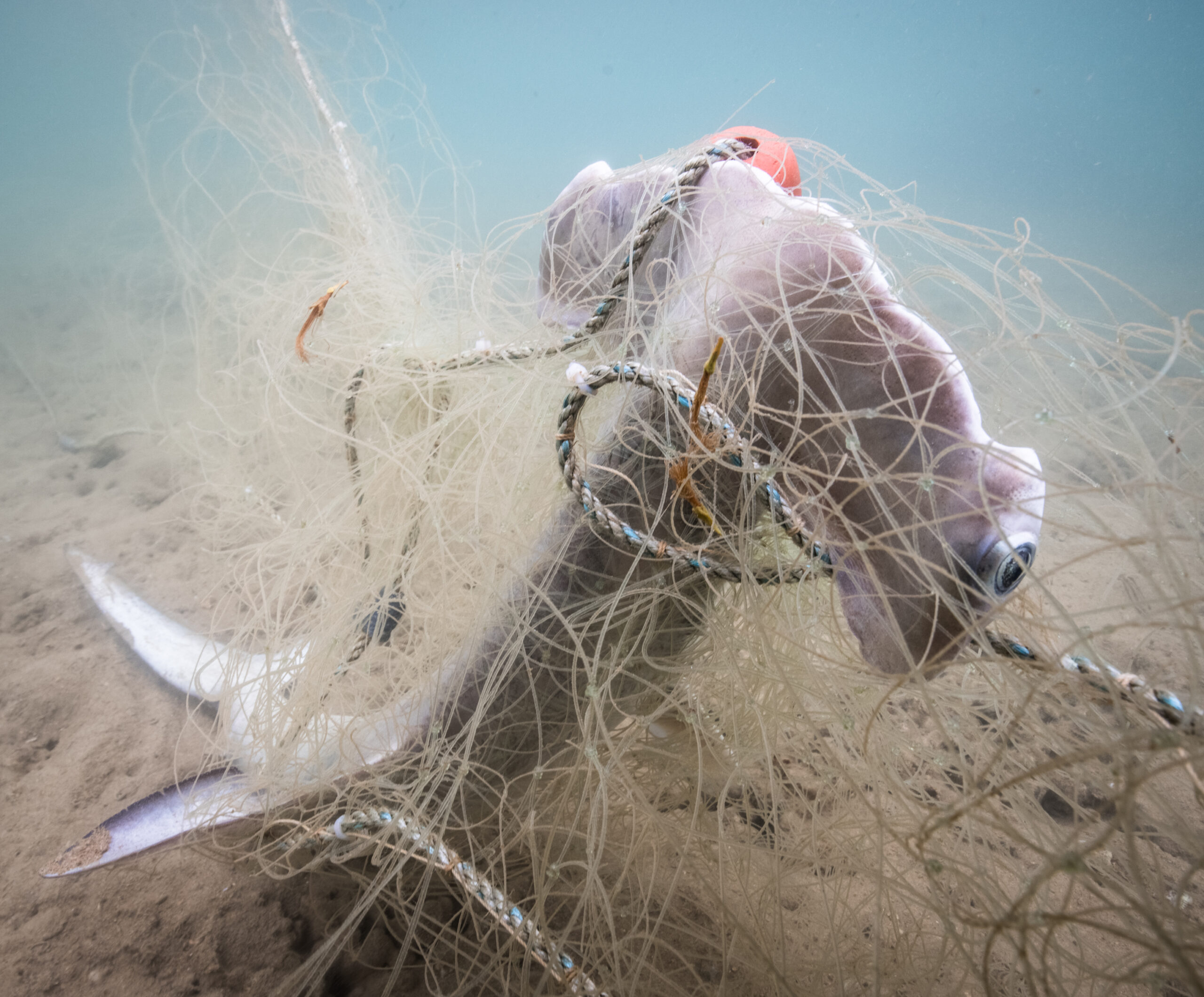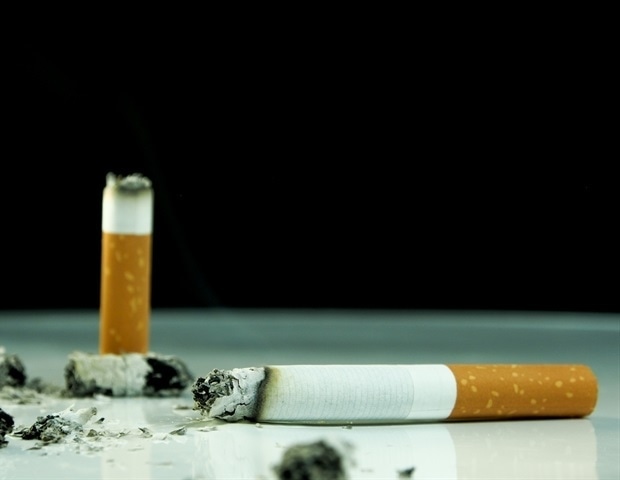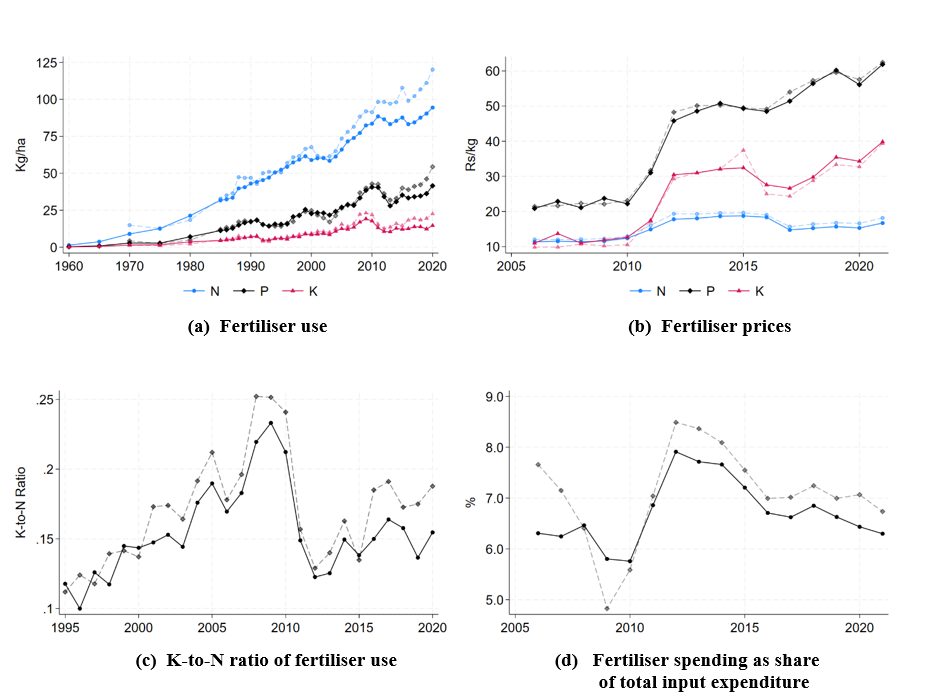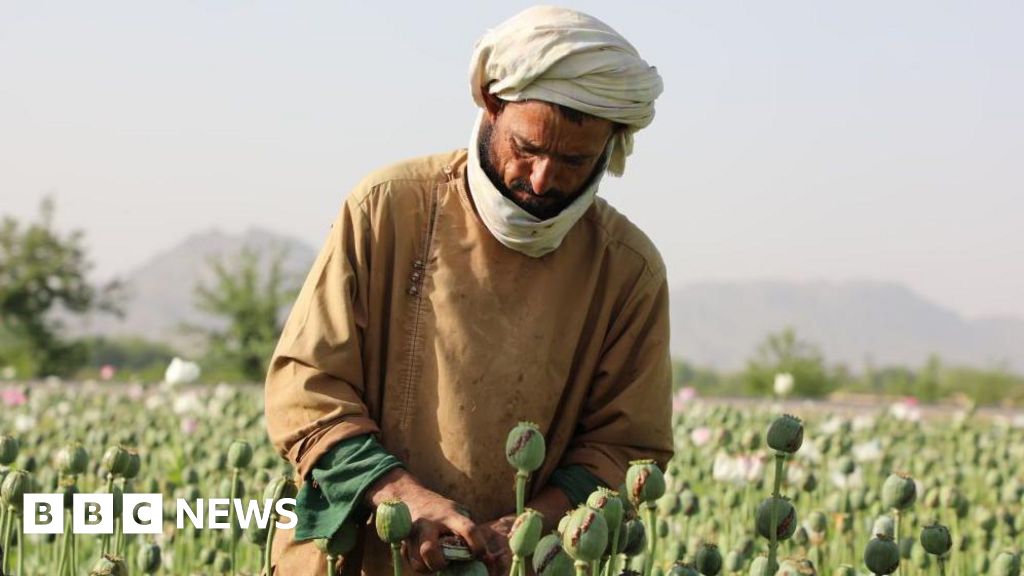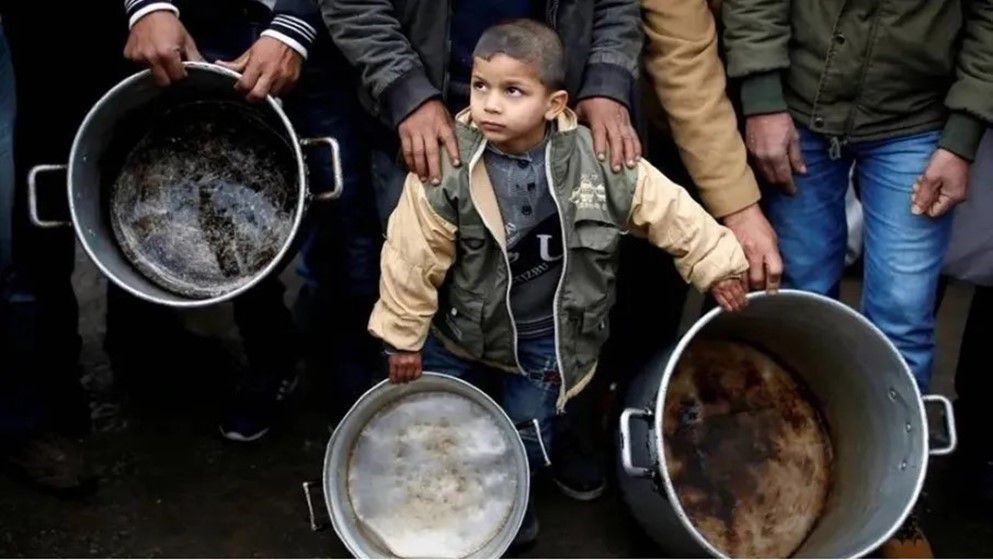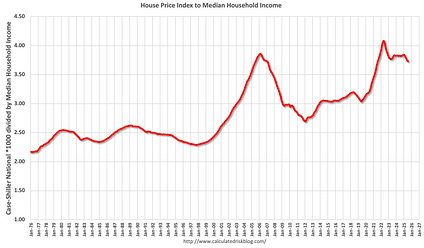Changes are coming to a controversial child welfare program – KOB.com

Report on New Mexico’s Revised Comprehensive Addiction and Recovery Act (CARA)
Introduction: A Policy Shift in Child Welfare
The state of New Mexico has announced a significant policy change to its Comprehensive Addiction and Recovery Act (CARA) program. In a move designed to protect vulnerable children, Governor Michelle Lujan Grisham has mandated that infants born with substance dependency will be immediately placed into the custody of the Children, Youth, and Families Department (CYFD). This directive marks a departure from previous protocols and is a direct response to recent infant fatalities within the system. The new strategy aims to more closely align the state’s child welfare practices with key United Nations Sustainable Development Goals (SDGs), particularly those concerning child health and institutional justice.
Policy Mandates and Alignment with SDG 3: Good Health and Well-being
Core Components of the New Initiative
The revised policy introduces several non-negotiable requirements intended to prioritize the immediate safety and long-term health of newborns exposed to illicit substances. This approach directly supports SDG 3, which seeks to ensure healthy lives and promote well-being for all at all ages.
- Immediate State Custody: Infants born with substance dependency will be treated in the hospital and subsequently transferred directly into CYFD custody, bypassing immediate placement with their families.
- Mandatory Abuse/Neglect Petition: Prior to a newborn’s discharge from the hospital, an abuse/neglect petition must be filed in every case, without exception.
- Conditional Reunification: Parents will be required to enter and actively participate in a certified recovery program before the state will consider initiating the process of family reunification.
Addressing SDG Target 3.5: Substance Abuse and Child Health
The governor’s initiative is a direct intervention to mitigate extreme health risks for infants, citing the dangers of fentanyl and methamphetamine. By mandating parental entry into recovery programs, the policy addresses SDG Target 3.5: Strengthen the prevention and treatment of substance abuse. Governor Grisham stated, “We’ll temporarily take custody… but none of these children are going home until you’re in active recovery.” This underscores the policy’s dual focus on protecting the child’s immediate health and promoting the long-term well-being of the family unit through addiction treatment.
Institutional Challenges and SDG 16: Peace, Justice, and Strong Institutions
Systemic Deficiencies and Resource Gaps
While the policy’s intent is widely supported, lawmakers and frontline stakeholders have raised significant concerns regarding the state’s capacity to implement it effectively. These challenges highlight the critical importance of SDG 16: Peace, Justice, and Strong Institutions, which calls for effective, accountable, and inclusive institutions at all levels. The successful protection of children (SDG Target 16.2: End abuse, exploitation… and all forms of violence against children) is contingent on the strength of the institutions charged with their care.
Identified systemic weaknesses include:
- Foster Family Shortage: New Mexico faces a severe shortage of safe and qualified foster families, raising questions about where the influx of infants will be placed. Reports indicate that CYFD is already struggling to house children currently in its care.
- Need for Specialized Training: Foster parents require specialized training to care for infants who have been exposed to drugs and trauma. Joanna Rubi, a veteran foster parent, emphasized the need for recruitment, mentorship, and robust training to equip new families for this challenge.
- Resource Allocation: Representative Eleanor Chavez questioned whether the state has allocated the necessary resources to ensure these children are kept safe once they enter the system, pointing to the gap between the policy’s goals and the available infrastructure.
Conclusion: Balancing Child Protection with Systemic Capacity
The revision of New Mexico’s CARA program represents a decisive measure to uphold SDG 3 by safeguarding the health of the state’s most vulnerable infants. However, its success is intrinsically linked to the state’s ability to fortify its child welfare system in line with the principles of SDG 16. The critical shortage of foster homes and support resources presents a formidable obstacle. For the new policy to be effective and not merely transfer risk, a concurrent and equally robust effort is required to build systemic capacity, recruit and train foster families, and ensure the CYFD is adequately resourced to fulfill its expanded mandate. Addressing these institutional failings is essential to achieving the policy’s goals and advancing the broader objectives of reducing inequality (SDG 10) and breaking cycles of poverty and crisis (SDG 1).
1. Which SDGs are addressed or connected to the issues highlighted in the article?
SDG 3: Good Health and Well-being
- The article directly addresses health issues, focusing on babies born addicted to drugs due to parental substance abuse. It also discusses the mandatory entry of parents into recovery programs, which relates to treating substance abuse. The policy changes are a direct result of infant deaths, linking to child mortality.
SDG 16: Peace, Justice, and Strong Institutions
- The article centers on the actions of a state institution, the Children, Youth, and Families Department (CYFD), and its role in child protection. The new policy involves legal actions like filing abuse/neglect petitions and judicial oversight. The core theme is protecting children from abuse, neglect, and unsafe environments, which is a key aspect of this goal. The article also highlights institutional weaknesses, such as the shortage of foster families, which impacts the effectiveness of these protective measures.
SDG 10: Reduced Inequalities
- The issues concern a highly vulnerable population: infants born with drug addiction into families struggling with substance abuse. These children face significant disadvantages from birth. The state’s intervention, while controversial, is an attempt to provide these children with a safer start and protect their rights, thereby addressing inequalities faced by vulnerable groups. The challenges within the foster care system also highlight systemic inequalities in providing adequate care for all children.
2. What specific targets under those SDGs can be identified based on the article’s content?
SDG 3: Good Health and Well-being
-
Target 3.2: “By 2030, end preventable deaths of newborns and children under 5 years of age…”
- The article explicitly states that the new policy changes were prompted by the recent deaths of “two babies involved with CYFD who were born with drugs in their systems.” The entire initiative is framed as a measure to prevent such tragedies from recurring.
-
Target 3.5: “Strengthen the prevention and treatment of substance abuse, including narcotic drug abuse and harmful use of alcohol.”
- The article highlights the root cause of the problem as parental drug addiction, mentioning “fentanyl” and “meth.” A key component of the new policy is that it is “mandatory for the parents who are addicted to drugs to enter a recovery program before the state considers putting the child back in their custody.” This is a direct effort to address and treat substance abuse.
SDG 16: Peace, Justice, and Strong Institutions
-
Target 16.2: “End abuse, exploitation, trafficking and all forms of violence against and torture of children.”
- The governor’s announcement aims to “prioritize pulling children away from unsafe environments.” The rationale is that the presence of “fentanyl, and you add meth, and you add guns” creates too much risk for the child. The mandatory filing of an “abuse/neglect petition” for every baby born addicted to drugs is a direct institutional mechanism to address and prevent child abuse and neglect.
3. Are there any indicators mentioned or implied in the article that can be used to measure progress towards the identified targets?
Indicators for SDG 3 Targets
- Infant and child mortality rate (Target 3.2): The article mentions the deaths of two babies as the catalyst for the policy change. Tracking the number of deaths of infants born with drugs in their system or under CYFD supervision would be a direct indicator of the policy’s effectiveness.
- Number of parents entering and completing substance abuse treatment (Target 3.5): The article states that parents must enter a “recovery program.” An implied indicator would be the number of parents who successfully engage with and complete these mandatory programs as a condition for family reunification.
- Prevalence of newborns with Neonatal Abstinence Syndrome (NAS) (Target 3.5): The core group discussed is “babies born addicted to drugs.” The number of such births is a primary indicator of the scale of the substance abuse problem affecting families.
Indicators for SDG 16 Targets
- Number of children removed from parental care and placed in custody (Target 16.2): The article states that babies born addicted “will instead remain in CYFD custody.” The number of infants taken into custody under this new rule is a direct measure of its implementation.
- Number of abuse/neglect petitions filed (Target 16.2): The policy mandates that “an abuse/neglect petition must be filed and there are no exceptions.” This creates a clear, measurable indicator of the state’s legal response to each case.
- Capacity of the foster care system (Target 16.2): The article heavily implies this is a critical indicator of institutional strength. Specific metrics mentioned or suggested include the “massive shortage of safe and qualified foster families,” the number of available foster parents, and the adequacy of their training and support. The fact that “children are living in city and county offices and hallways” is a stark indicator of system failure.
4. Table of SDGs, Targets, and Indicators
| SDGs | Targets | Indicators |
|---|---|---|
| SDG 3: Good Health and Well-being |
3.2: End preventable deaths of newborns and children under 5 years of age.
3.5: Strengthen the prevention and treatment of substance abuse. |
|
| SDG 16: Peace, Justice, and Strong Institutions | 16.2: End abuse, exploitation, trafficking and all forms of violence against and torture of children. |
|
| SDG 10: Reduced Inequalities | 10.2: Empower and promote the social, economic and political inclusion of all, irrespective of age… or other status. |
|
Source: kob.com

What is Your Reaction?
 Like
0
Like
0
 Dislike
0
Dislike
0
 Love
0
Love
0
 Funny
0
Funny
0
 Angry
0
Angry
0
 Sad
0
Sad
0
 Wow
0
Wow
0





/https://media.globalcitizen.org/ea/9e/ea9e1a08-9cc4-472e-a0a7-57a76f7c1e06/screenshot_2025-11-06_at_101647.png?#)





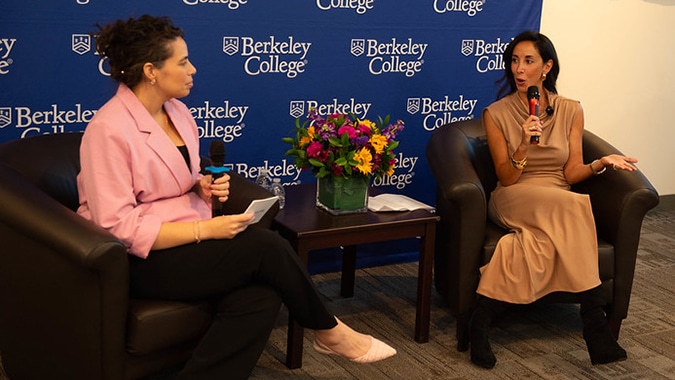






![Architects use comics and humour to rethink sustainable cities [Interview] – Mongabay-India](https://imgs.mongabay.com/wp-content/uploads/sites/30/2025/11/06135611/1761635108000-768x511.jpeg?#)







